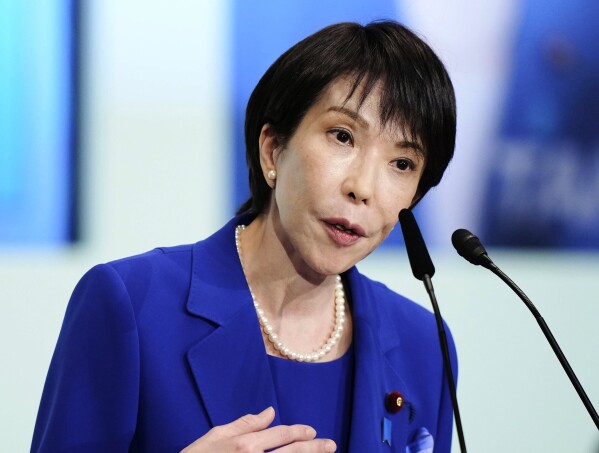Japan is on the verge of making history as Sanae Takaichi is set to become the country’s first female prime minister. The 64-year-old politician was elected as the new leader of the ruling Liberal Democratic Party (LDP), succeeding Prime Minister Shigeru Ishiba, who stepped down after a string of election defeats.
A staunch conservative and long-time admirer of Margaret Thatcher, Takaichi has built her career on traditionalist values. She is a protégé of the late Shinzo Abe and has vowed to revive his economic policies, known as Abenomics a strategy built on government spending, monetary easing, and structural reforms.
Yet, her rise to leadership comes at a turbulent time. The LDP has lost its majority in both houses of parliament, weakening its grip on power. Takaichi’s first task will be to unite a divided party plagued by scandals and internal strife.
Economically, she faces an uphill battle. Japan continues to struggle with sluggish growth, high inflation, and stagnant wages. Households are feeling the squeeze, and public patience is wearing thin. At the international level, she must navigate a delicate relationship with Washington, particularly regarding trade and tariffs left unresolved by the Trump administration.
Her political positions, however, remain polarizing. Takaichi opposes same-sex marriage and has rejected legislation that would allow women to retain their maiden names after marriage. These stances have left many women voters skeptical about whether her leadership will advance gender equality.
On security, she is hawkish. She supports efforts to revise Japan’s pacifist constitution, strengthening the country’s military posture. Her regular visits to the controversial Yasukuni Shrine, which honors Japan’s war dead including convicted war criminals, are also likely to draw criticism from neighboring countries.
If confirmed by parliament, Takaichi will step into the role at a moment of fragility and transformation for Japan. Whether she becomes a Thatcher-style “Iron Lady” or faces early political headwinds will shape not just her legacy, but also Japan’s future direction.

